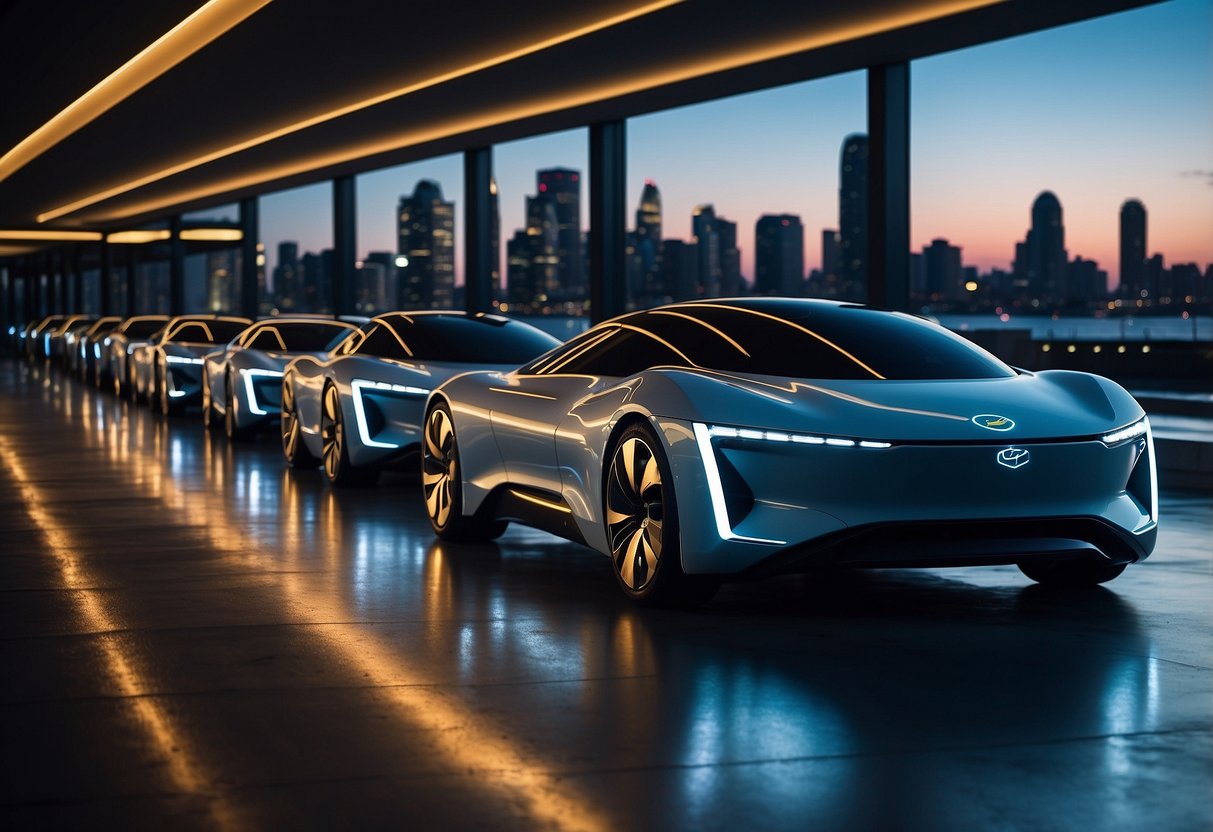
Regulatory and Policy Impact
Emission standards are tightening globally, and governments are introducing various incentives and subsidies to promote electric vehicle adoption.
Emission Standards Tightening
Governments worldwide are increasingly focusing on reducing carbon emissions from vehicles. Recent regulations in Europe and North America are setting stricter limits on CO2 emissions, compelling automakers to innovate and produce more electric vehicles. The European Union, for instance, has introduced legislation aiming for a significant reduction in car emissions by 2030.
China is also implementing rigorous emission standards, pushing for a substantial percentage of new vehicles sold to be electric by the mid-2020s. These regulatory measures are driving automakers to accelerate their electric vehicle programs and invest in cleaner technologies. The shift towards stringent emission standards is not only a policy move but also a catalyst for industry transformation, pushing manufacturers to meet new environmental criteria.
Government Incentives and Subsidies
To encourage the adoption of electric vehicles, many governments are offering financial incentives and subsidies. Programs include tax credits, rebates on electric vehicle purchases, and reduced registration fees. For instance, the United States offers federal tax credits of up to $7,500 for qualifying electric vehicles, significantly lowering the cost for consumers.
In addition to financial incentives, several countries are also investing in electric vehicle infrastructure, such as charging stations. Norway, as a leading example, has heavily subsidized electric vehicle purchases and invests in extensive charging networks. These initiatives make it more convenient and cost-effective for consumers to switch to electric vehicles, contributing to a faster transition from traditional internal combustion engines.
Consumer Behavior and Expectations
Consumer behavior towards electric vehicles is evolving rapidly, with significant shifts in buyer preferences and an increased focus on awareness and education. This change is driven by technological advancements and environmental consciousness.
Shifts in Buyer Preferences
There is a clear trend towards environmentally friendly vehicles, as more consumers prioritize sustainability. Electric vehicles (EVs) fit well into this preference, offering lower emissions and reduced carbon footprints. Factors such as rising fuel costs and government incentives also play a significant role.
The diversity of available EV models now caters to various consumer segments, from luxury to budget-friendly options. Enhanced driving ranges and faster charging times are two critical features that attract potential buyers. Consumers are more likely to choose EVs when they see tangible benefits that align with their needs.
Brand loyalty is shifting as well. Traditional automakers that introduce innovative EV models are gaining traction among buyers who previously favored other brands. This indicates a willingness among consumers to switch allegiance if the product meets their expectations.
Awareness and Education Efforts
Educating the public about the benefits and functionalities of electric vehicles is crucial. Increased information availability leads to higher acceptance rates. Many misconceptions about EV performance and maintenance still exist, which can be mitigated through targeted educational campaigns.
Dealerships play a crucial role by offering test drives and informational sessions to potential buyers. Experience-based education helps in addressing concerns related to range anxiety and charging infrastructure.
Governments and organizations are investing in public awareness initiatives. These efforts include advertising campaigns, subsidies, and incentives to illustrate the long-term cost benefits of EV ownership. Awareness programs also focus on integrating EVs into existing lifestyles, emphasizing how easy it is to make the transition.
Public and private partnerships are fostering a more informed consumer base, which in turn drives higher adoption rates.



